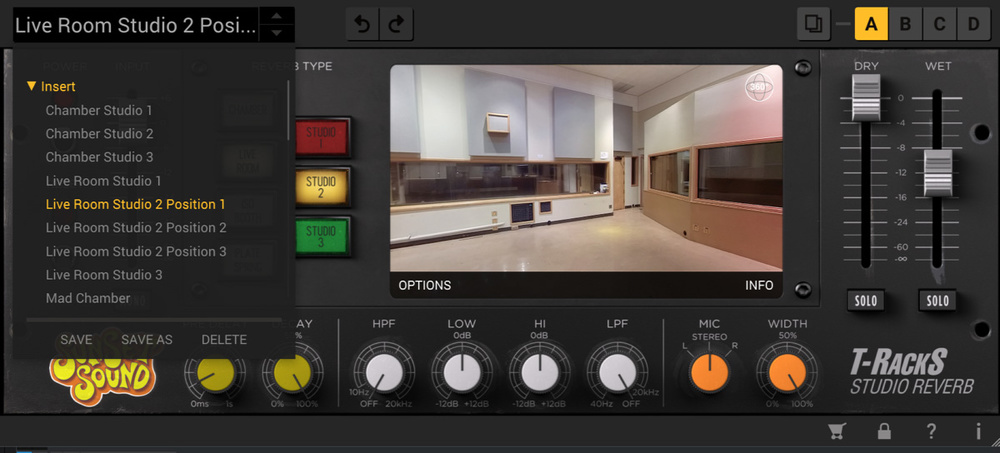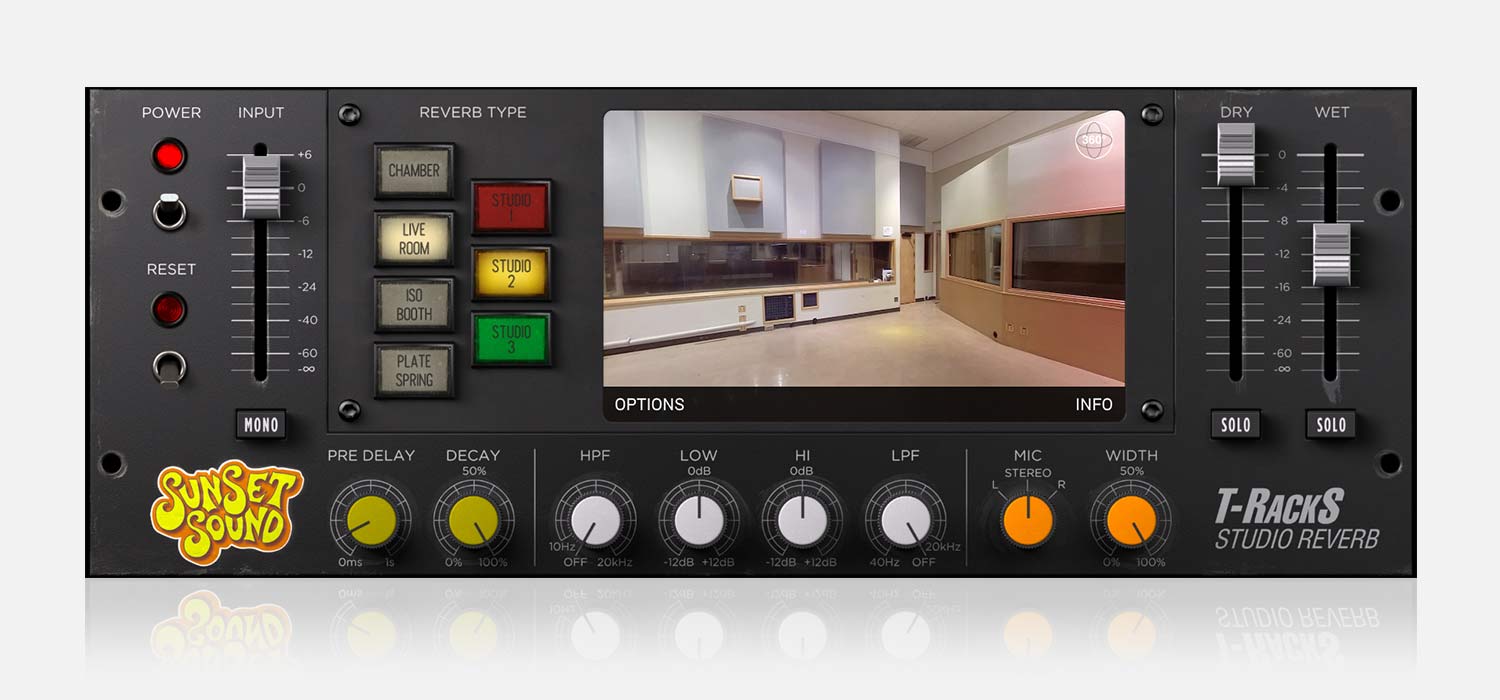

Where once the sound of some of the finest recording spaces in the world was fiercely guarded, solely the preserve of rich and famous musicians, now an egalitarian spirit of openness and inclusivity hovers in the artificial plug-in air. In recent years, there has also been something of a shift in attitude regarding some of the world's most famous recording studios.


All approaches have their merits, charms and drawbacks. a shorter reverberation time for a small studio space longer for a cathedral) straight-up digital emulations of classic studio gear, theoretically modelled down to component behaviour level or convolution reverbs, where the acoustic impulse response of a space is captured (usually by firing a starter pistol into the space and recording the reverberation decay) and your own recorded tracks can then be 'positioned' within that space, affected and coloured by the captured acoustic response. They can be digital mathematical models of known wave behaviour within a given space (e.g. They've been around for years in one form or another, getting better all the time as computing power has grown exponentially. Whether used directly as track inserts, or for multi-channels in a send/return configuration, or on the master bus for the whole mix, reverb plug-ins for your digital audio workstation (DAW) are arguably the most important effect for your final mixdown. Musicians have been using the enforced downtime to record new songs, but are they missing the sound of a top-tier professional recording studio? What if you could envelop your new tracks in the sonic cocoon of a legendary space while simultaneously practicing safe distancing? We're all less inclined to leave our homes.


 0 kommentar(er)
0 kommentar(er)
